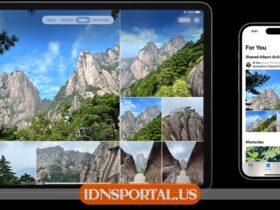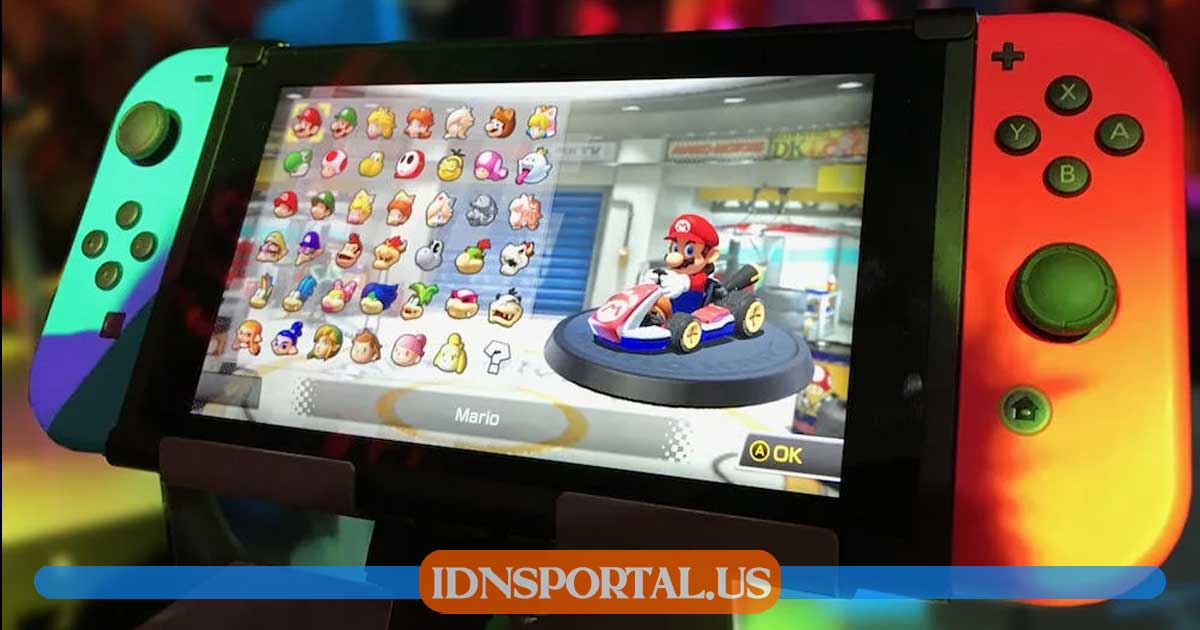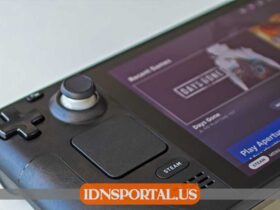Nintendo’s history began more than a century ago and continues to be one of the most competitive companies in a cutting-edge sector such as video games. It has been able to build brand value through differential experiences.
It has an army of consumers who are loyal to its characters, franchises, and products making active listening one of its most important weapons. He has learned to focus on the customer experience and not so much on the product.
It has an army of consumers who are loyal to its characters, franchises, and products making active listening one of its most important weapons. He has learned to focus on the customer experience and not so much on the product.
Nintendo history: founding and expansion
In 1889, Fusajiro Yamauchi founded the Nintendo Koppai company to produce Hanafuda cards, the traditional Japanese playing card decks.
Little by little, the brand delved into electronic games, but it would not be until 1977 when it marketed its first video game console: Color TV Game. That same year, Nintendo signed a crucial figure: Shigeru Miyamoto (Prince of Asturias Award for Communication and Humanities in 2012). This is the visual artist who created the aesthetics of games like ‘Donkey Kong’ and ‘Mario Bros.’ Very personal universes based on the brand’s DNA.
The 80s were years of growth. In 1979, Nintendo of America was inaugurated, the New York subsidiary that would open the company to the Western world. In 1981, one of the first platform games arrived, ‘Donkey Kong’, which led to the creation of the emblematic Mario, named for his resemblance to the owner of the company’s offices.
The history of Nintendo is the history of video games. In 1983, the first home console was launched: the Japanese Famicom, which became the NES for the rest of the world. A resounding success with more than 60 million units sold. It worked with cartridges and helped the company create the basis of its popular imagination. Names that every video game fan knows, such as ‘Super Mario Bros’, ‘The Legend of Zelda’, ‘Metroid’ or ‘Castlevania’. To reinforce the image of its product, it created the ‘Seal of Quality’ seal, a badge that ensured exhaustive quality control.
The importance of Game Boy
Currently, there are almost 6 billion users with a mobile phone. But in 1989, no one had yet played with a portable cartridge console. Until the Game Boy arrived, which sold 200 million units worldwide.
Its portability expanded the target of video games to a more adult audience. The simplicity of its use and its wide assortment of games did the rest. ‘ Tetris’ was its most emblematic product. For years, it has been the best-selling game in history (recently overtaken by ‘Minecraft’), with 170 million copies.
some stumbles
A company that is based on innovation may suffer some setbacks. In 1995, the Virtual Boy console only sold 770,000 units. His commitment to three-dimensional images was too ambitious for the technical limitations of the time. Furthermore, its high cost, limited catalog, and the discomfort of its helmet prevented it from connecting with the buyer.
Although, for many, the big mistake in Nintendo’s history was its failed adventure with PlayStation. At the end of the 80s, he teamed up with Sony to create a console that used the new CD-ROMs instead of the classic cartridges. But, in the middle of the process, Nintendo got off ship which would result in the PS1, the precursor of one of the most powerful franchises. In short, Nintendo itself helped create its great rival.
And this leads to the disappointment of the GameCube console. Despite the quality offered by GOD technology, the optical disc that formatted its games, this personal bet left it out of the market. Only 22 million units were sold, while competitors such as Dreamcast, Xbox, and PlayStation dominated the sector in the early 2000s.
The new era of Nintendo
GameCube damaged Nintendo’s finances to such an extent that the Japanese completely rethought their strategy. Precisely, this error led them to opt for a unique, original, and transgressive identity. It stopped competing against Sony and Microsoft, who were fighting for heavy users, with increasingly realistic graphics and complex usability.
Meanwhile, in 2006, Nintendo shocked the public with Wii, a console for the whole family. On Wii, there were no convoluted command movements, but rather a wireless controller that detected body movements and enhanced the festive and group nature of the games. It covered a need that no one had detected and consumers rewarded it with the purchase of more than 100 million units.
In marketing, this strategy is known as the ‘blue ocean’. Instead of dealing with a market saturated by large competitors, Nintendo sought out new consumers, listened to their demands, and gained their loyalty with innovative products that no one else offered.
Thus, the Nintendo Switch also arrived, which, since its launch in 2017, has achieved more than 55 million sales. It is the first hybrid console, both portable and desktop. It incorporates the famous Joy-Con controls that can be used attached to the console, as a single controller, or independently.
For its part, ‘Pokemon Go‘ has revolutionized the world of leisure with an instrument as appealing as augmented reality. Although it was launched four years ago, the game in which you have to go outside to hunt Pokémon is still a success that, in 2019, generated 1.4 billion dollars.
Nintendo is still in top form, ‘Animal Crossing’ was the most popular video game during the quarantine. It dares with challenges as different as Nintendo Labo, cardboard accessories to create new designs on Switch. What will be your next milestone?













Leave a Reply
View Comments